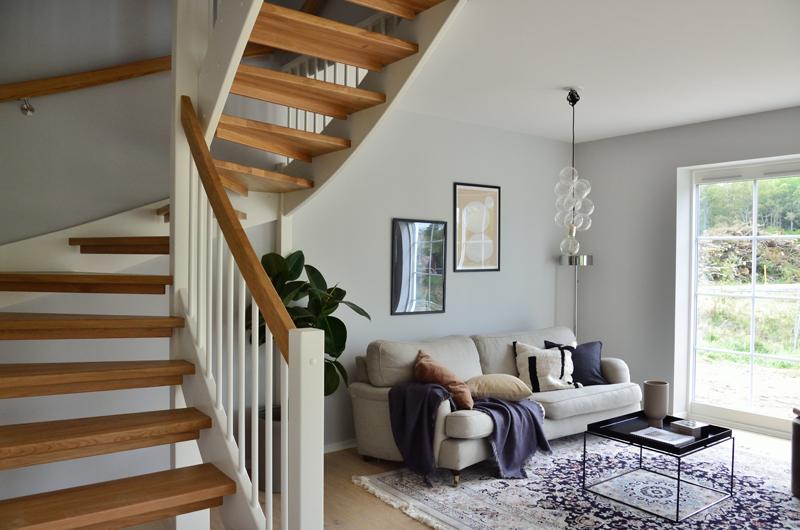Now is the time to start thinking about decorating your home. The weather is becoming…
Dealing with damp
Older properties without full double glazing are prone to problems caused by damp at this time of year. But even double-glazing doesn’t always solve the problem.
Modern flats often have very high levels of insulation. This has been positively encouraged by building regulations and obviously has many advantages. However in many buildings the high level of insulation also prevents air-flow, and interior humidity levels can become excessive. Air-bricks, for example, are rarely used in modern buildings.
Showering, condenser tumble-driers, cooking and simply breathing all create water vapour. The recommended humidity level for a house is about 50%, but the above factors can push levels well above this if the water vapour has nowhere to go. When humidity levels start to rise towards 80 or 90%, which is far from uncommon, mould will start to take hold.
Misty windows: double-glazing cuts this out, but the water vapour is still there and can cause problems.
The calculations to determine the amount of water actually stored in air are complex, since warm air holds more water than cold air. But masonry materials, plaster, wallpaper, wood and even concrete are hygroscopic (actively pull moisture out of the air) to a surprising extent and can take on and release moisture according to conditions.
Problems will occur in the coldest areas or surfaces of a building, since that is where the water in the air condenses. Those areas of course are where mould will start to grow. Wallpaper will start to come loose, plaster will start to blister and wood becomes prone to rot.
If you are suffering from any of these effects you will need to take action to reduce the amount of humidity in the air. There are several approaches, such as positive pressure ventilation systems which replace damp internal air with drier external air, or dehumidifying systems.
It is always a shame to see good interior decor ruined by these problems, and of course it is best to act quickly before problems become severe, and expensive to fix.
If you see signs like blistering plaster, peeling wallpaper, or any kind of mould then we’d advise doing something about it as quickly as you can.
As a decorating company we’re happy to come and check if you have some signs of a problem. We can deal with a lot of these problems ourselves, and where specialist repairs are needed we can recommend people we trust.
With best regards
Marlon Bulger
Production Director
Bulger Wicks




